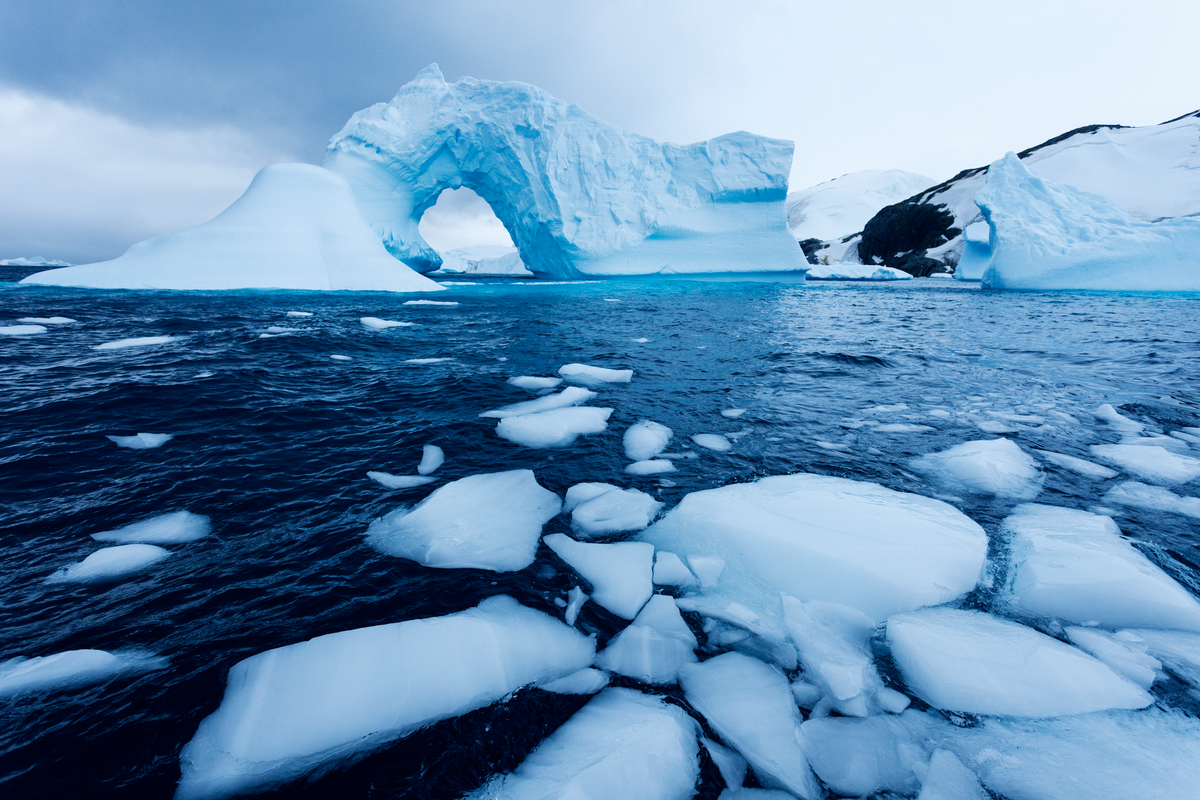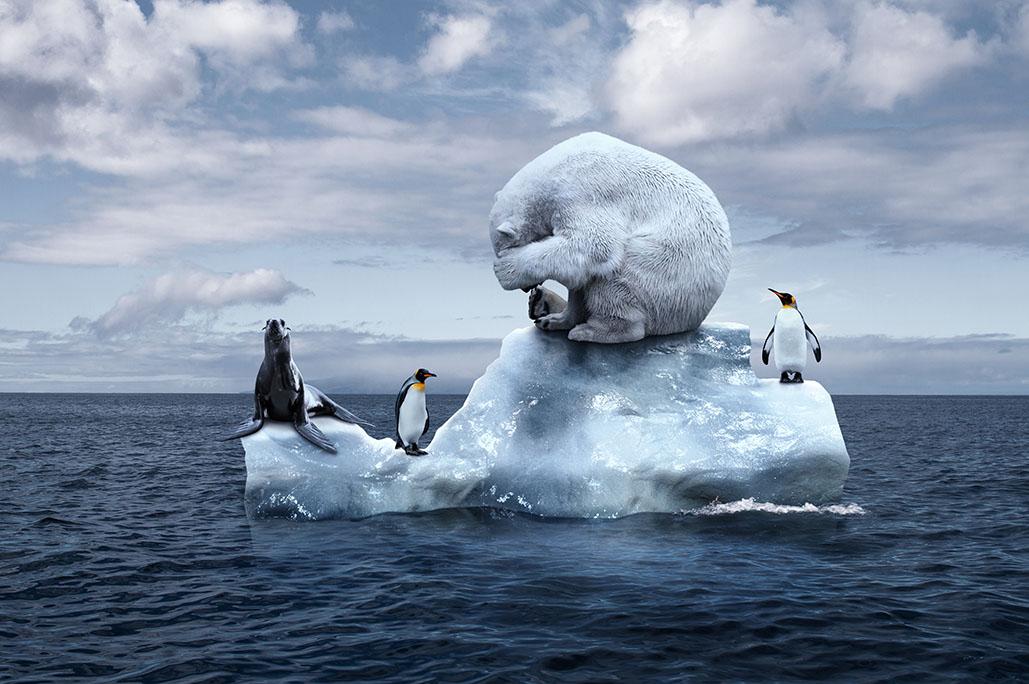GLACIER MELTING
What is Glacier melting?
- Glacier melting is one of the problems caused due to global warming. Glacier melting offers a valuable insight on how climate has changed over time. Today 10% of the world is cover by the glaciers. Almost 90% of it is in Antarctica while 10% of it is in Greenland.

Causes:
- The main reason for it is the huge emission of carbon dioxide and the greenhouse gases.
- Carbon dioxide is produced because of the growing industries, deforestation, transport and the burning of fossil fuels.
- Science says that oceans absorb 90 percent of the Earth's warmth. This is one of the factors which brings about the melting of glaciers.
What can happen if glaciers continue to melt?
- Even if we significantly try to prevent emissions in the coming decades, more than a third of the world’s remaining glaciers will melt before the year 2100. When it comes to sea ice, 95% of the oldest and thickest ice in the Arctic already gone.
- If all the ice in Greenland would melt it would raise global sea levels by 20 feet.
- Glacier melting has caused the collapse of Marine life in the Gulf of Maine and even more destructive storms and hurricanes around the planet.
- Every year, 335 billion tonnes kilos of ice is lost every year.
Projects taken to reduce glacier melting:
- THE ARCTIC ICE PROJECT: The arctic ice project is spreading a thin layer of reflective glass beads made of silicon across the parts of the Arctic to protect young ice in summer when the global warming is abundant. These beads allow strong “old ice” to form which could take up to 15 years to decarbonise.

- Seawater pumping: The scientists are drilling holes in the cold sea ice and pumping sea water across the sea at a rate of 1000 litres per minute. The seawater then quickly freezes due to the cold atmosphere and helps thicken the ice.
- Ice Collection: The University of Arizona has proposed collecting ice from below the glacier using wind-powered pumps and spreading it over the upper ice caps to strengthen its consistency.
How can we reduce Glacier melting?
- Stop wasting food.
- Use solar energy.
- Plant more trees.
- Recycle more.
- Raise awareness among the people of glacier melting.

